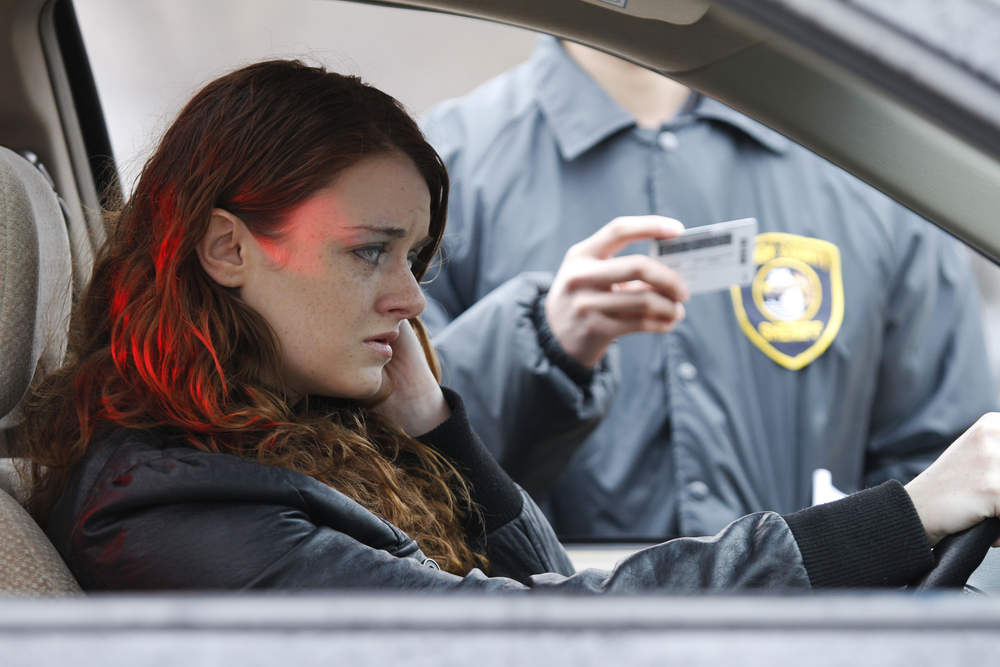
WASHINGTON — The number of drivers on the road with alcohol in their systems has declined by nearly one-third since 2007, but there has been a large increase in drivers using marijuana and other illegal drugs, a government report released Friday found.
The report by the National Highway Traffic Safety Administration said the share of drivers who test positive for alcohol has declined by more than three-quarters since the agency first began conducting roadside surveys in 1973.
But the latest survey, conducted in 2013 and 2014, also found that 22 percent of drivers tested positive for at least one drug that could affect safety. That includes illegal drugs as well as prescription and over-the-counter medications.
The anonymous surveys have been conducted five times over the last 40 years. They gather data in dozens of locations across the country from drivers who agree to participate.
Mark Rosekind, head of the safety administration, credited anti-drunk driving efforts for the decline in drivers who test positive for alcohol, but said “there is no victory as long as a single American dies in an alcohol-related crash.”
About 8 percent of drivers during weekend nighttime hours were found to have some alcohol in their system, and 1.5 percent were found with .08 percent or higher breath alcohol content – the legal limit in every state. Drivers with any alcohol in their systems and drivers testing greater than .08 were both down by about 30 percent from the previous survey in 2007. Both groups are also down by more than three-quarters since the first survey in 1973.
At the same time, more than 15 percent of drivers tested positive for at least one illegal drug, up from 12 percent in 2007. The number of drivers with marijuana in their systems grew by nearly 50 percent over the same period of time, 8.6 percent in 2007 to 12.6 percent in 2014.
“The rising prevalence of marijuana and other drugs is a challenge to everyone who is dedicated to saving lives and reducing crashes,” Rosekind warned.
A second survey, the largest of its kind, assessed the comparative risk of drunk and drugged driving. The study was conducted in Virginia Beach, Virginia, over a 20-month period and involved the collection of data from more than 3,000 drivers involved in a crash, and more than 6,000 crash-free drivers for comparison.
That survey found that marijuana users are more likely to be involved in accidents, but that the increased risk may be due in part because marijuana users are more likely to be part of demographic groups at higher risk of crashes generally. In particular, marijuana users are more likely to be young men – a group already at high risk.
“Drivers should never get behind the wheel impaired, and we know that marijuana impairs judgment, reaction times and awareness,” said Jeff Michael, the agency’s associate administrator for research and program development.
One complication to assessing crash risk by drivers who have used marijuana is that it can be detected in the human body for hours and sometimes days after the high from smoking has dissipated. Other studies have shown that a marijuana high typically peaks within 30 minutes and is gone within about three hours after ingestion.
But unlike with alcohol, drivers high on pot tend to be aware that they are impaired and try to compensate by driving slowly, avoiding risky actions such as passing other cars, and allowing extra room between vehicles. On the other hand, combining marijuana with alcohol appears to eliminate the pot smoker’s exaggerated caution and to increase driving impairment beyond the effects of either substance alone.